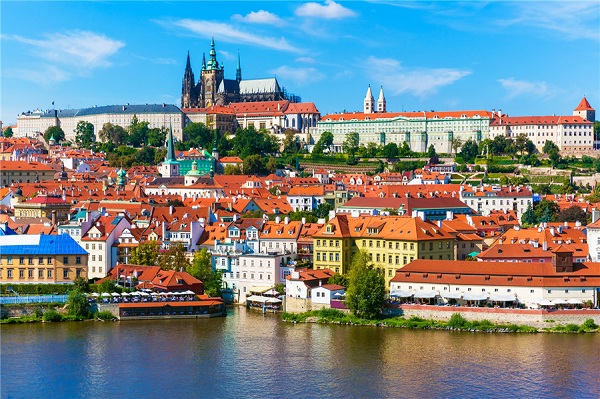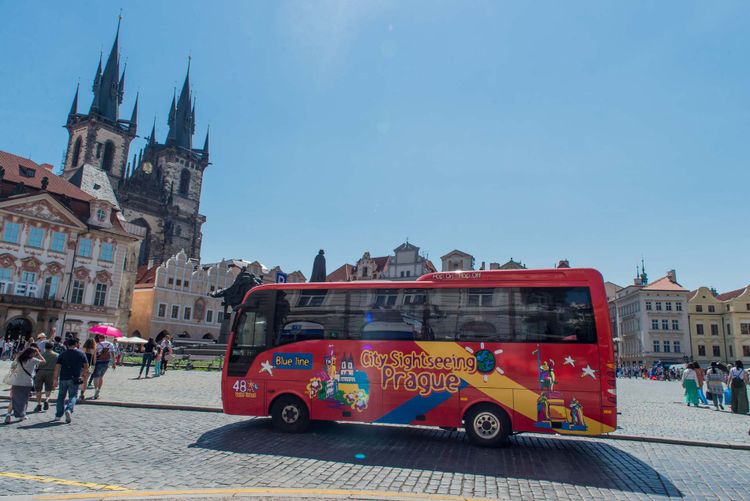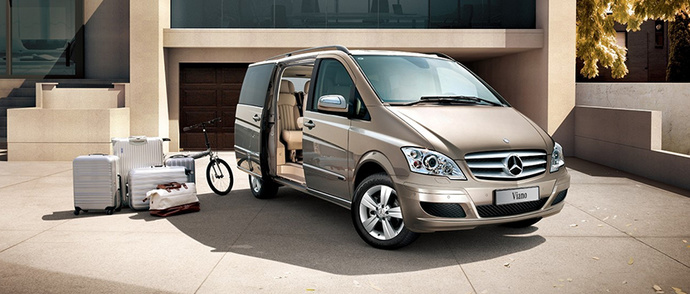Central European Grand Tour: Budapest, Banská Bystrica, Kraków, Auschwitz, Warsaw, Wrocław, Prague, Český Krumlov, České Budějovice, Vienna, Bratislava
Introduction
This comprehensive travel guide details a circular itinerary through the heart of Central Europe, connecting five distinct nations: Hungary, Slovakia, Poland, the Czech Republic, and Austria. This journey is a deep dive into a region marked by stunning architecture, complex history, vibrant cultures, and breathtaking natural scenery. From the grand boulevards of imperial capitals to the somber silence of historical memorials and the charm of medieval towns, this tour offers an unparalleled European experience.
The route is designed as a loop starting and ending in Budapest, making it efficient for flight bookings. It utilizes a mix of trains and buses, which are generally excellent and affordable in this region.
Essential Pre-Travel Information
Visa Requirements
All countries on this itinerary are part of the European Schengen Area. Travelers from the US, Canada, UK, Australia, and many other nations do not need a visa for short-term tourist visits (up to 90 days within a 180-day period). Always check the latest entry requirements with official government sources based on your nationality.
Currency
Hungary: Hungarian Forint (HUF)
Slovakia: Euro (EUR)
Poland: Polish Złoty (PLN)
Czech Republic: Czech Koruna (CZK)
Austria: Euro (EUR)
It is advisable to have some local currency on hand, especially when arriving in Hungary, Poland, and the Czech Republic. Credit and debit cards are widely accepted in cities.
Best Time to Visit
Spring (April-June) and Autumn (September-October) are ideal. The weather is mild, and crowds are smaller than in the peak summer months. Summer (July-August) is warm but can be very crowded. Winter (December-February) is cold but magical, with Christmas markets in full swing.
Transportation
Inter-city travel is best done by train (Railjet, RegioJet, Leo Express) or bus (FlixBus). Both are reliable, comfortable, and connect all major cities and many smaller towns. Booking in advance online often yields significant savings. Within cities, public transportation networks (metro, tram, bus) are extensive and efficient.
Language
Each country has its own language (Hungarian, Slovak, Polish, Czech, German). English is widely spoken in tourist areas, hotels, and restaurants by younger generations. Learning a few basic phrases like "Hello," "Thank you," and "Please" is always appreciated.
The Detailed Itinerary
1. Budapest, Hungary
The "Pearl of the Danube" is a city of two parts: hilly Buda and flat Pest, connected by a series of elegant bridges.
Key Attractions:
Buda Castle & Castle Hill: A UNESCO World Heritage site housing the Hungarian National Gallery and Budapest History Museum. The area offers panoramic views of the city.
Fisherman's Bastion: A fairy-tale terrace with neo-Gothic and neo-Romanesque styles, providing the best photo opportunities of the Parliament building.
Matthias Church: A stunning church with a beautifully patterned tiled roof.
Hungarian Parliament Building: An iconic Gothic Revival masterpiece on the banks of the Danube. Tours are available.
St. Stephen's Basilica: The largest church in Budapest, named after the first King of Hungary.
Széchenyi Thermal Baths: One of the largest spa complexes in Europe. A must-do experience in both summer and winter.
Dohány Street Synagogue: The largest synagogue in Europe, with a beautiful interior and a poignant Holocaust memorial.
Practical Information:
Recommended Stay: 3-4 days
Transport Hub: Keleti or Nyugati train stations.
Food to Try: Goulash, Lángos (fried dough), Chimney cake (Kürtőskalács).
2. Banská Bystrica, Slovakia
A journey north from Budapest brings you to the heart of Slovakia and this charming central Slovak town. It's less frequented by international tourists but rich in history and surrounded by beautiful nature.
Key Attractions:
SNP Square (Námestie SNP): The main square, surrounded by colorful burgher houses and dominated by the Clock Tower.
Banská Bystrica Castle Complex: Actually a parish church fortified by walls, offering a glimpse into the town's medieval past.
Museum of the Slovak National Uprising (Múzeum SNP): A monumental building dedicated to the anti-fascist uprising during WWII. It's a significant piece of modern architecture and history.
Surrounding Nature: The town is a gateway to the Low Tatras and Veľká Fatra National Parks, excellent for hiking.
Practical Information:
Recommended Stay: 1-2 days
Getting There: Train or bus from Budapest (approx. 4-5 hours).
Food to Try: Bryndzové halušky (potato dumplings with sheep cheese).
3. Kraków, Poland
Traveling north from Slovakia, you arrive in Kraków, Poland's cultural and academic heart. It's a beautifully preserved medieval city that miraculously escaped destruction during WWII.
Key Attractions:
Main Market Square (Rynek Główny): The largest medieval town square in Europe, featuring the Cloth Hall (Sukiennice) and St. Mary's Basilica with its famous hourly Hejnał bugle call.
Wawel Royal Castle & Cathedral: A symbol of Polish statehood, this hilltop complex was the seat of Polish kings for centuries.
Kazimierz (Jewish Quarter): A historic district with synagogues, Jewish cemeteries, and a vibrant atmosphere of cafes and galleries. Prominent in Steven Spielberg's "Schindler's List."
Oskar Schindler's Enamel Factory: Now a powerful museum detailing Kraków under Nazi occupation.
Practical Information:
Recommended Stay: 3 days
Getting There: Direct train or bus from Banská Bystrica (approx. 4-5 hours with a change).
Food to Try: Pierogi (dumplings), Zapiekanka (toasted open-face sandwich from Kazimierz), Obwarzanek (Kraków's bagel).
4. Auschwitz-Birkenau Memorial and Museum
A day trip from Kraków to the nearby town of Oświęcim is a sobering but essential historical experience.
Key Information:
The Site: The remains of the German Nazi concentration and extermination camp Auschwitz I and Auschwitz II-Birkenau. It is a UNESCO World Heritage site and a memorial to the victims.
The Visit: It is highly recommended to book a guided tour in advance through the official museum website. The tour provides crucial context and historical detail.
Atmosphere: The visit is emotionally challenging. Visitors are expected to behave with respect and solemnity.
Practical Information:
Recommended Visit: Half-day to full-day trip from Kraków.
Getting There: Direct buses run frequently from Kraków's main bus station to the museum (approx. 1.5 hours).
Note: Booking entry in advance is mandatory. Check the museum's website for details.
5. Warsaw, Poland
The capital of Poland is a city of contrasts, where a meticulously reconstructed Old Town stands beside sleek skyscrapers. Its spirit of resilience is palpable.
Key Attractions:
Old Town (Stare Miasto): A UNESCO site, completely rebuilt after its near-total destruction in WWII. The Royal Castle and Market Square are breathtaking.
Royal Route:A walk down Krakowskie Przedmieście and Nowy Świat streets, lined with palaces, churches, and statues.
Warsaw Uprising Museum:A modern, interactive museum dedicated to the 1944 uprising. It is one of the best museums in Poland.
POLIN Museum of the History of Polish Jews:Award-winning museum located in the former Warsaw Ghetto, telling the 1000-year story of Polish Jews.
Palace of Culture and Science:A Stalinist-era skyscraper gifted to Warsaw by the Soviet Union. The viewing terrace on the 30th floor offers a vast panorama of the city.
Practical Information:
Recommended Stay: 


